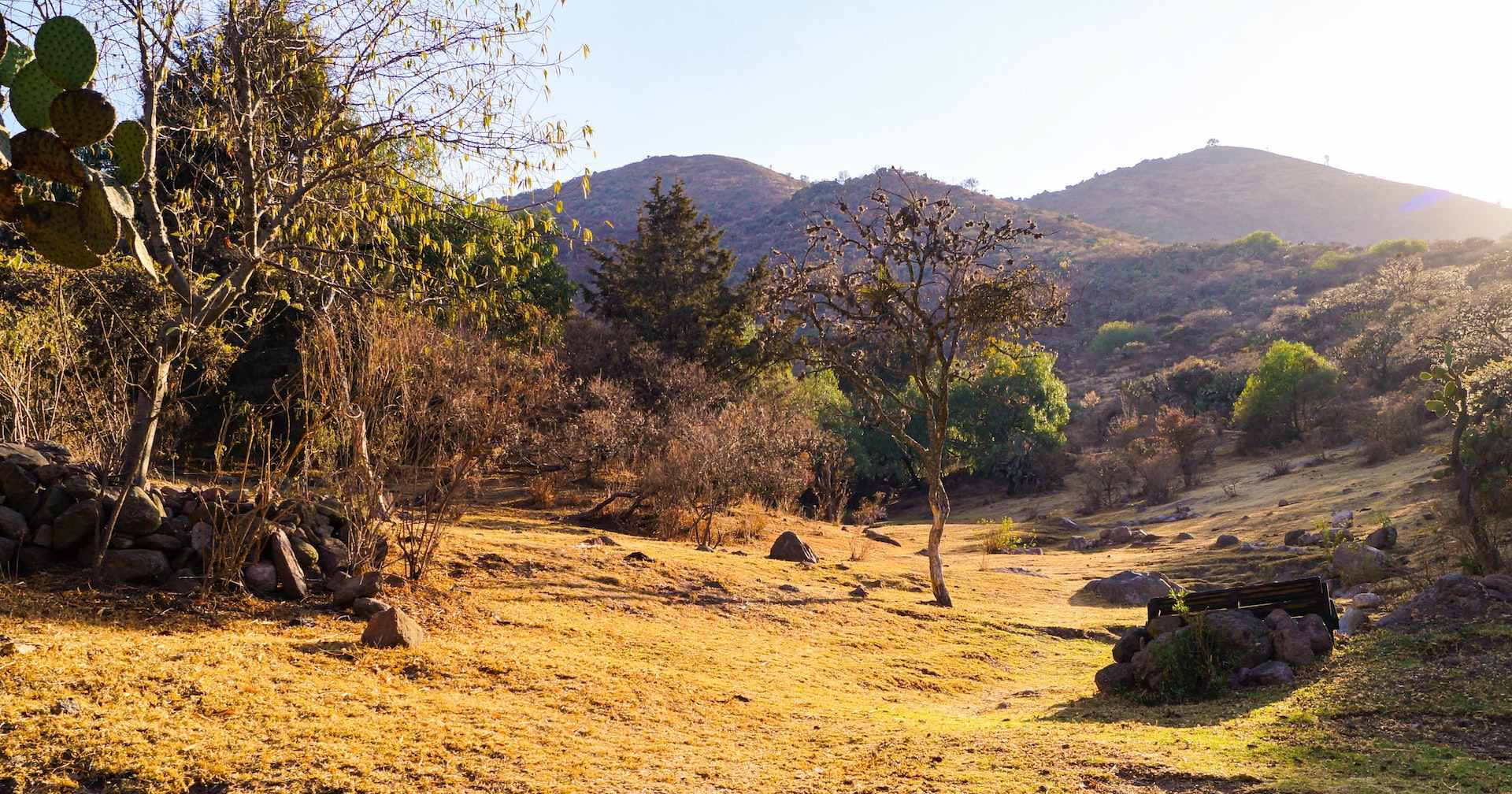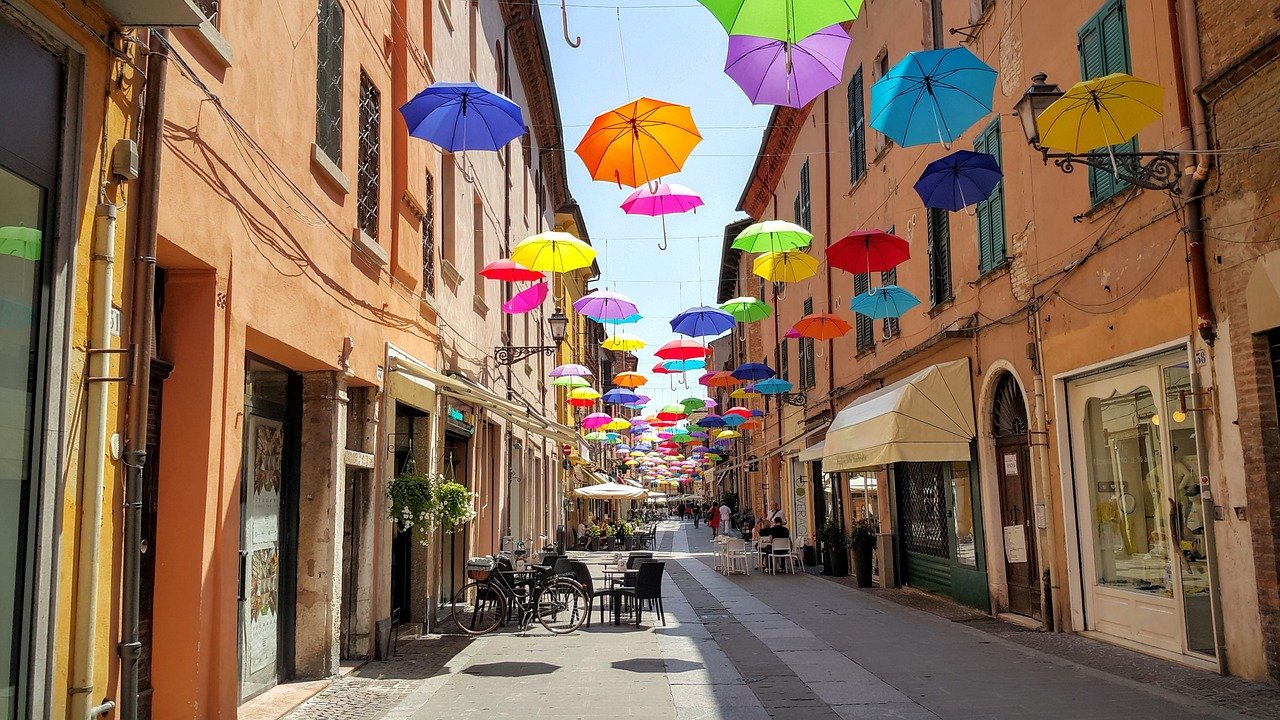Edmonton weather is a topic of great interest to residents and visitors alike. Located in the heart of Alberta, Canada, Edmonton is known for its cold winters and warm summers. However, the city’s weather can be quite varied and unpredictable, making it important to be prepared for any conditions when planning a trip.
The city’s climate is classified as humid continental, which means it experiences four distinct seasons. The summers are generally warm and dry, with temperatures reaching as high as 30 degrees Celsius (86 degrees Fahrenheit) in July and August. The winters, on the other hand, can be extremely cold, with temperatures dropping as low as -40 degrees Celsius (-40 degrees Fahrenheit) in January and February.
Edmonton also experiences a moderate amount of precipitation throughout the year, with the majority falling in the form of snow during the winter months. The city also sees a fair amount of sunshine, with an average of around 2,300 hours of sunlight per year. This can make for some beautiful winter days, but also means that the sun can be intense during the summer months.
To help you plan your trip to Edmonton, here is a table of the average temperatures and precipitation for each month of the year:
<
| Month | Low (°C) | High (°C) | Low (°F) | High (°F) | Rain (%) |
|---|---|---|---|---|---|
| January | -19 | -8 | -2 | 18 | 5 |
| February | -17 | -7 | 1 | 19 | 6 |
| March | -12 | -2 | 10 | 28 | 8 |
| April | -4 | 5 | 25 | 41 | 12 |
| May | 5 | 14 | 41 | 57 | 20 |
| June | 9 | 18 | 48 | 64 | 22 |
| July | 12 | 21 | 54 | 70 | 27 |
| August | 11 | 20 | 52 | 68 | 25 |
| September | 7 | 15 | 45 | 59 | 22 |
| October | 1 | 8 | 34 | 46 | 17 |
| November | -6 | -1 | 21 | 30 | 10 |
| December | -14 | -7 | 6 | 19 | 6 |
With the temperatures and precipitation in mind, the best time to visit Edmonton depends on what you want to do and see while you’re there. If you’re looking to experience the city’s famous winter sports and activities, then the best time to visit would be between December and March. The cold temperatures and snow provide the perfect conditions for skiing, snowboarding, ice skating, and more.
On the other hand, if you’re looking to experience the warm weather and sunshine, then the best time to visit would be between June and September. During these months, the temperature is warm and pleasant, and the city’s many parks and outdoor spaces are perfect for picnics, festivals, and other outdoor activities.
If you’re interested in the city’s arts and culture scene, then the best time to visit would be during the spring or fall. During these months, the weather is mild and the city is home to many festivals and events that celebrate the arts and culture. The Edmonton International Fringe Theatre Festival in August is one of the largest events of its kind in North America and is a great opportunity to see a diverse range of performances from local and international performers.
For people who want to experience a mix of everything, perhaps the best time to visit would be during the shoulder seasons of April and October. During these months, the weather is mild and the crowds are not as large as they are during the peak summer or winter months. You’ll have the opportunity to experience the city’s many festivals and events, as well as the beautiful fall colors in October.
In conclusion, Edmonton’s weather can be quite varied and unpredictable, so it’s important to be prepared for any conditions. However, with a little bit of planning and flexibility, you can find the perfect time to visit Edmonton and experience all that this beautiful city has to offer, regardless of the weather.



